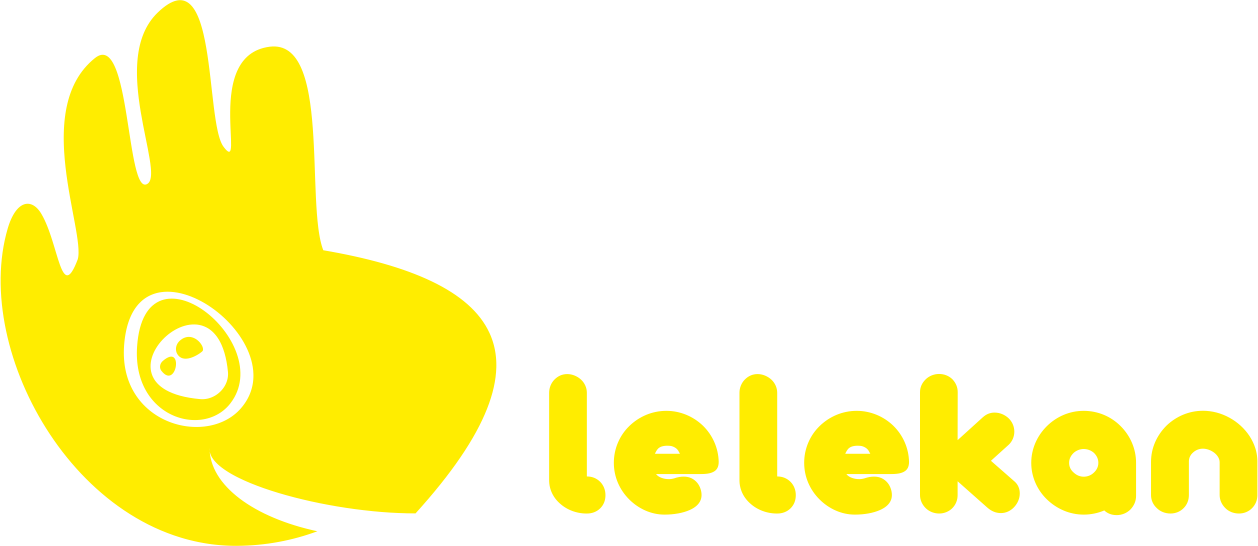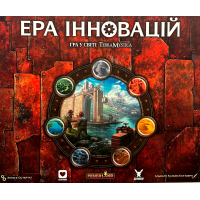Age Of Innovation Game Review
Related Products
Age of Innovation is an expanded Terra Mystica, but before I can serenade it, I need to give you a general overview of what makes the original so captivating.
DELUXE CHESS PUZZLE
Terra Mystica is a game about world development. Each player plays as a faction associated with a specific type of terrain. This faction has two special powers: one they have at the start of the game, and the other is unlocked by building a specific building. Each player has several different types of buildings on the playing field, each of which, when built, gives the player additional income at the end of the round. They provide worker income, coin income, income from manipulating the priest track, a resource for manipulating the CHUBBS OF POWER, and additional asymmetrical tiles with bonuses that are dealt in turn order.

You as a player are locked into a specific terrain type, and you can't build your extremely valuable buildings without first terraforming the terrain (using your limited number of workers) to the type you need to build on. Additionally, each round will activate an achievement category that will award you points for completing certain tasks for that round.
The aforementioned bowls of power also have a cool energy circulation system where you move a resource to perform actions with a boost.
This leads to a very complex dance where every move counts. You have to balance building buildings and scoring points, taking territory from other players, while simultaneously cutting down your own and destroying your own economy.
All of this is done without any hidden information or sudden pitfalls. In theory, the entire game could be calculated from start to finish, and the designers and players actually did so using computer simulations that (I think) still exist on BoardGameGeek.
This is the essence of Terra Mystica . It is a game where you can lose on the first move, and if played perfectly, the right starting position will win you the game. Of course, most people don't play at this level, just like chess. It is fun to play, although it has a similar level of difficulty to chess, where even a small difference in a player's understanding can lead to a dramatic defeat.
I say "possible" because it usually doesn't happen that way. People make mistakes, miscalculate, and take suboptimal steps. But the overwhelming feeling of making the right decision from the very first step is undeniable.
Now, as a sequel/evolution, Age of Innovation doesn't fix this because there's nothing to fix. If we're playing a competitive game, I'm not really interested in trying to handicap since there are about 2 million other Eurogames that do this.
ARCHITECT OF OWN DEFEAT
"Age of Innovation" is still Terra Mystica, as much of what made the original game so competitive and mentally taxing is still there. In true infomercial fashion—but wait! That's not all!
In the version of Terra Mystica most commonly used by competitive groups, you get your faction, and depending on the map, you get a starting point value that is adjusted based on how competitive that faction can be on that map. Ultimately, the most important decision is where to start. Some places on the map are simply better for certain factions, and often some positions are improved by having other factions in or out of the game.

Age of Innovation also offers the same difficult choice of starting faction, AND ALSO another series of difficult decisions to evaluate. You see, you need to create your faction before making any moves on the board.
Factions are made up of three things: terrain type, faction power, and faction-specific building. Players draft these components one at a time during preparation. You are responsible for choosing the best things to make your faction work well against all the things other factions are drafting and what you think they are going to do.
This is an extremely difficult task that requires advance decision-making, and for beginners it can be a significant challenge in an already very difficult game.

OTHER INNOVATIONS
Age of Innovation also adds a new way to score points: Innovation Tiles. These are tied to a new resource, books, which come in four colors. Books grant access to randomly assigned abilities that allow you to access/obtain the aforementioned tiles. These tiles often grant you a powerful bonus, permanent ability, or a huge surge of points if you meet their parameters. In a sense, this is a third victory point lane that was offered in the additional victory condition at the end of the game in the Terra Mystica: Fire & Ice expansion. You have to position yourself well to grab them at the right time, which is made more difficult by the fact that opponents are often competing for the same points.
CONCLUSIONS
For me, Age of Innovation is firmly in the top ten games of all time. It’s a complex process of making meaningful decisions, where you have to accurately assess what other players are capable of, correctly assess the type of play that will occur in a given session, and stay focused and adaptive to your opponent’s decisions. You can’t make mistakes or expect a well-organized catch-up mechanism or strategic balancing to correct your mistakes. It’s demanding, challenging, and beautiful. When I think of games that best illustrate the kinds of social experiences that this environment can bring, Terra Mystica tops the list, and Age of Innovation joins them without missing a beat.




